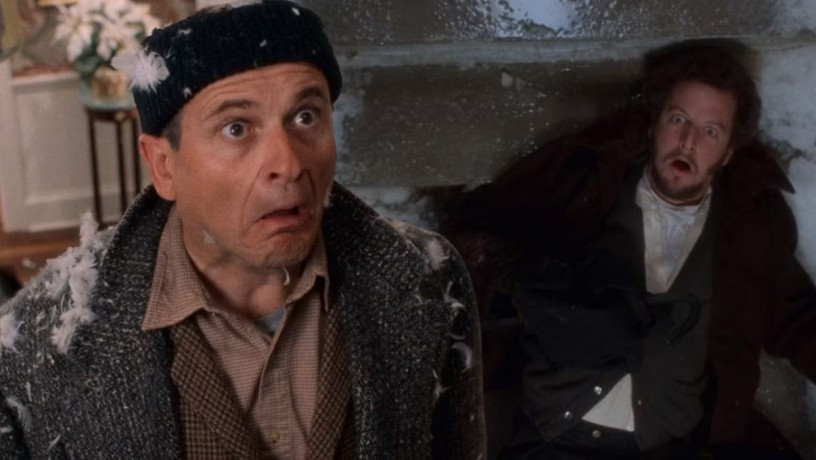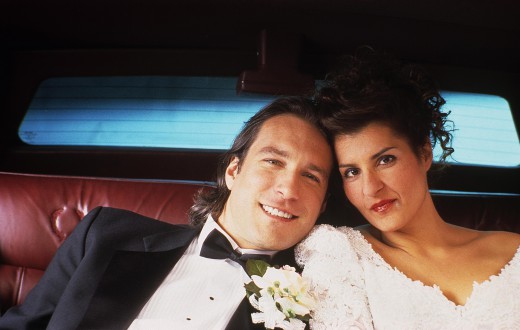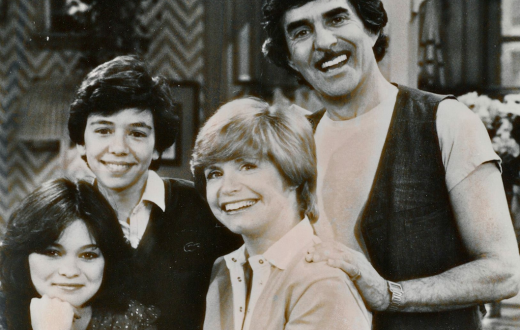Comedy films (and TV) are designed to elicit laughter from the audience, often through entertaining and humorous scenarios. There are several sub-genres of comedy films, each with its unique characteristics and style. Here’s a detailed look at some of the prominent types of comedy films, along with examples for each:
- Slapstick Comedy: This genre emphasizes physical humor, including pratfalls, pie-throwing, and exaggerated, improbable situations. It usually involves minimal dialogue and relies heavily on visual gags and physical comedy.
Examples: “The Three Stooges,” “Home Alone,” “Dumb and Dumber.” - Romantic Comedy (Rom-Com): These films blend romance and comedy, focusing on the relationships between characters while using humor to explore their romantic entanglements. They often follow a predictable plot where two people meet, face obstacles, and ultimately end up together.
Examples: “When Harry Met Sally,” “10 Things I Hate About You,” “Crazy Rich Asians.” - Screwball Comedy: Originating in the 1930s, screwball comedies are known for their fast-paced, witty dialogues, absurd situations, and often a battle of the sexes theme, where a male and female lead engage in a humorous conflict.
Examples: “Bringing Up Baby,” “His Girl Friday,” “It Happened One Night.” - Parody/Spoof: These films satirize other genres or films by imitating their style in a comedic way. They often exaggerate the characteristics and clichés of the source material to create humor.
Examples: “Airplane!” (spoofing disaster films), “Scary Movie” (parodying horror films), “Spaceballs” (spoofing sci-fi, particularly “Star Wars”). - Black Comedy/Dark Comedy: This genre involves comedy that makes light of subject matter that is generally considered taboo. It often examines darker themes, such as death, war, and illness, in a humorous manner.
Examples: “Dr. Strangelove,” “Fargo,” “In Bruges.” - Satire: Satirical comedies aim to expose and criticize people’s stupidity or vices, often in the context of politics, society, or culture, using humor, irony, exaggeration, or ridicule.
Examples: “The Great Dictator,” “Wag the Dog,” “Thank You for Smoking.” - Comedy of Manners: This sub-genre focuses on the behaviors, customs, and etiquette of a particular class or social group, often poking fun at their pretensions and affectations.
Examples: “Pride and Prejudice,” “The Importance of Being Earnest,” “Clueless.” - Anarchic Comedy: This style of comedy eschews conventional narrative structures and character development in favor of nonsensical, often surreal humor. It’s characterized by its unpredictable energy and a disdain for logical consistency.
Examples: “Monty Python and the Holy Grail,” “The Naked Gun,” “Duck Soup.” - Sitcom: Although more common on television, some sitcoms have been adapted into films or have a similar style. These typically feature recurring characters in a common environment, with humor derived from the characters’ relationships and situations they find themselves in.
Examples: “The Simpsons Movie,” “The Addams Family,” “Wayne’s World.”
Each of these sub-genres uses different methods to create humor, ranging from subtle wit and clever dialogue to overt physical comedy and absurd situations, reflecting the vast range of what audiences find funny.
How can actors adapt to these genres?
Actors play a crucial role in bringing the various genres of comedy films to life. Their ability to connect with and convey the specific style and tone of each comedy sub-genre can significantly influence a film’s success and audience reception. Here’s how actors can relate to and excel in these different comedy genres:
- Slapstick Comedy: Actors in slapstick comedies need to master physical comedy and timing. Their ability to execute physical gags, facial expressions, and body movements in a way that conveys humor without relying heavily on dialogue is crucial. Physical agility and expressive facial expressions are key.
- Romantic Comedy (Rom-Com): Actors in rom-coms need to be adept at portraying relatable, endearing characters while delivering comedic and romantic moments with authenticity. Chemistry with co-stars, timing, and the ability to convey subtle emotional nuances contribute to a successful romantic comedy performance.
- Screwball Comedy: This genre requires actors to handle fast-paced, witty dialogues and absurd situations with a straight face. The ability to deliver lines with impeccable timing and to play off co-stars effectively is essential. Actors often need to portray a blend of sophistication and silliness.
- Parody/Spoof: In parody or spoof films, actors often exaggerate their performances to mimic or mock the conventions of the genre or films they are satirizing. Versatility and a strong understanding of the original material are key, as actors need to strike a balance between imitation and innovation to create humor.
- Black Comedy/Dark Comedy: Actors in dark comedies navigate the delicate balance between humor and sensitive or taboo subjects. They need to deliver performances that find humor in dark situations without losing the gravity of the subject matter. This requires a nuanced understanding of tone and context.
- Satire: In satirical comedies, actors often portray characters or situations that are exaggerated to criticize or comment on societal, political, or cultural issues. A keen awareness of the underlying themes and the ability to convey irony and sarcasm are vital for actors in this genre.
- Comedy of Manners: This sub-genre requires actors to embody characters with specific societal or cultural quirks, often highlighting the absurdity of social norms and behaviors. Precision in dialogue delivery, body language, and an understanding of the social context are crucial.
- Anarchic Comedy: Actors in anarchic comedies need to embrace the unpredictable and often nonsensical nature of the genre. This requires a willingness to experiment, improvise, and engage in over-the-top performances that may defy conventional narrative and character development.
- Sitcom: While more common in television, sitcom-style films require actors to develop strong character consistency, comedic timing, and the ability to work within an ensemble. The humor often comes from character interactions and situations, so familiarity with the character’s traits and dynamics with other characters is key.
In all these genres, an actor’s ability to understand and embody the specific comedic tone, style, and expectations of the genre plays a crucial role in the film’s overall comedic impact and audience engagement.







